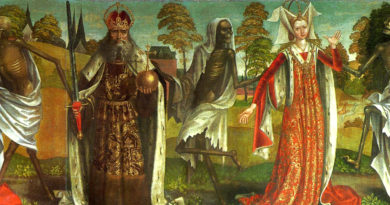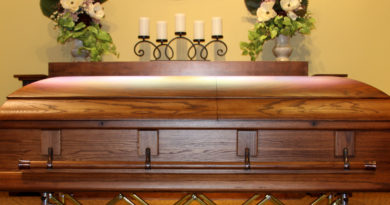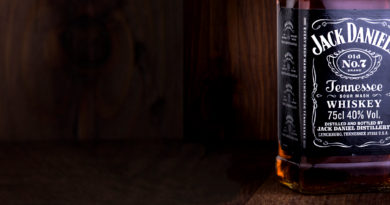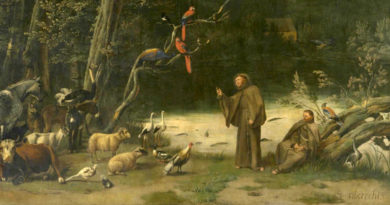What is a Mortsafe?
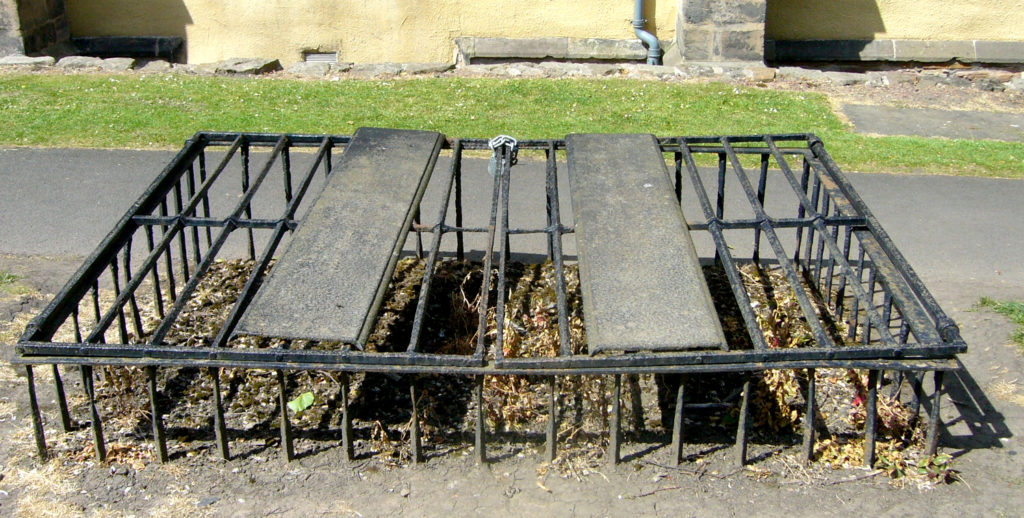
grave robbers from snatching the bodies buried below. Photo © Kim Traynor
A mortsafe comprises a structure/device of varying design and materials used to deter or prevent the theft of a deceased body from a cemetery, graveyard or other burial location until the corpse suitably decomposed.
A mortsafe structure or device might consist of stone and/or metal bars or plates — often in the form of a cage — that encircles or at least partially covers the deceased body and either permanently prevents access or only enables access via key(s). Mortsafes vary in size, height and design, and might be placed above ground or partially/entirely buried in the ground.
The use of a mortsafe was generally temporary (explained below), but examples still survive worldwide.
A Brief History of Mortsafes
Primarily used in the early 1800s, mortsafes relied upon weight and/or complexity of access to thwart the efforts of grave robbers or “body snatchers” — particularly in England and Scotland — who sought to exhume fresh corpses for later sale to medical schools and research facilities for study. (Medical schools at the time actually paid for cadavers for anatomical study and dissection use, which fueled the growing problem of grave robbing in cemeteries.)
It is probably no coincidence that British author Mary Shelley published her classic novel Frankenstein in 1818 during the height of the body-snatching problem. One of Shelley’s main characters, Dr. Frankenstein, crafts his reanimated “monster” from body parts exhumed from a local graveyard.
The photograph above shows a common, partially buried mortsafe, located in Greyfriars Kirkyard in Edinburgh, Scotland, but surviving mortsafes worldwide provide evidence of ornate, elegant “birdcage” structures — including some in the United States — as well as purely utilitarian, below-ground versions only unearthed decades later by grave diggers.
As the grave-robbing problem escalated in the 1800s, people resorted to the use of heavy stone slabs, stone boxes, and locked above-ground vaults, among other methods, to protect the bodies of their loved ones, but body snatchers easily dug around such devices or used bribes to gain access to the corpses below. Eventually, enterprising individuals conceived of more-elaborate mortsafes, some of which required multiple keys to unlock, interlocking metal bars, secured metal rods that prevented digging around the corpse, etc.
The intention of mortsafes was to protect the burial site and prevent its violation temporarily — until a corpse suitably decomposed — thereby rendering the deceased body less desirable and/or unsuitable for resale. In fact, numerous churches and cemeteries at the time rented used mortsafes if a family could not afford to purchase a new one outright. Unfortunately, many of the ingenious methods used to protect the deceased also made the removal of mortsafes difficult or impossible, which partially explains why examples still survive to this day.
Why is it Called a Mortsafe?
In use since around the year 1500, “mort” originally referred to the sound emitted on a hunting horn following the death of a hunter’s quarry, but the word ultimately derives from the older Latin term for “dead” — as in another familiar word, “mortician.”
In use since around the year 1300, the term “safe” derives from the Latin word “salvus,” meaning “uninjured” or “in good health.”
A mortsafe is often referred to as a “mort safe” (two words) or “mort-safe” (hyphenated).
In addition, cemetery vaults (above or below ground), mausolea, and sarcophagi, among other things, technically constitute mortsafes even if not originally intended to deter or prevent grave robbing.
Sources
“Cages on Graves Explained” by Ann F. Diseroad. Columbia County Historical & Genealogical Society. Retrieved January 10, 2017. http://colcohist-gensoc.org/wp-content/uploads/Cages%20on%20Graves%20Explained.pdf
“Relics of the Body-snatchers — Proceedings of the Society of Antiquaries of Scotland,” by James Ritchie, Volume 55 (1920-21). Retrieved January 10, 2017. http://www.tngenweb.org/darkside/mortsafe/mortsafe2.html
“mort (n.2).” Online Etymology Dictionary. Retrieved January 10, 2017. http://www.etymonline.com/index.php?search=mort
“safe (adj.).” Online Etymology Dictionary. Retrieved January 10, 2017. http://www.etymonline.com/index.php?term=safe



